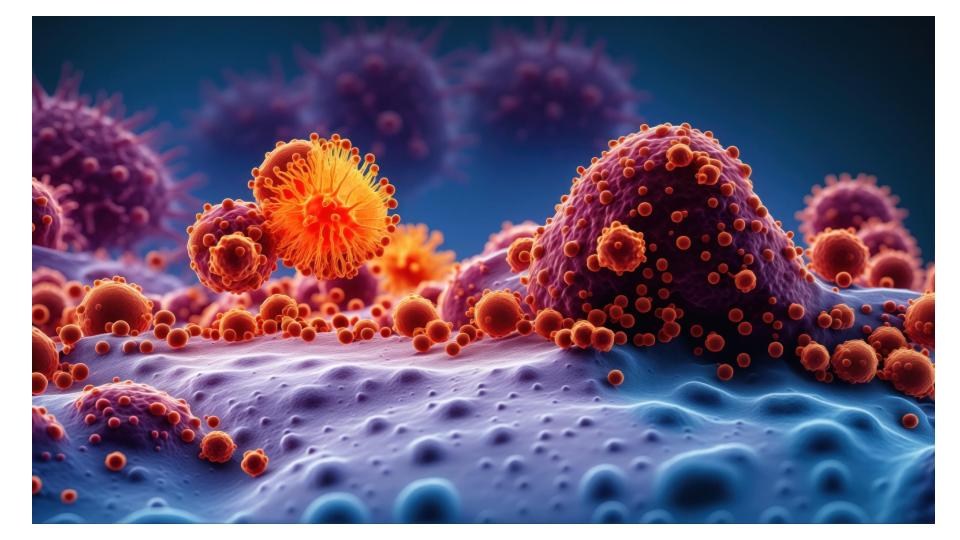A team of U.S. researchers has developed a new genetic model for breast cancer, potentially paving the way for better understanding of how and where the disease metastasizes.
Professor Eran Andrechek of Michigan State University has been investigating the E2F5 gene and its involvement in breast cancer development. According to Andrechek’s findings, the loss of E2F5 disrupts the regulation of Cyclin D1, a protein associated with metastatic breast tumors after prolonged latency.
Published in the journal Oncogene, the study also shows that removing E2F5 from the mammary gland leads to tumor formation. The new model, utilizing bioinformatics and genetic engineering, enables scientists to explore the mechanisms of tumor growth and metastasis without artificially forcing cancer cells to target specific organs.
“One of the reasons we’re excited about this model is that it mimics natural metastasis patterns better than previous genetically engineered mouse models,” said Andrechek. Breast cancer commonly spreads to the lymph nodes, bones, or liver, he added.
Andrechek’s research integrates genetic models and bioinformatics to study mammary tumor development and progression. His lab’s approach includes a combination of animal models and computational gene expression analysis.
The model’s design also mirrors human physiology, as it takes approximately two years for tumors to develop in the mice—similar to the age-related onset of breast cancer in women, who are most often diagnosed in their 60s or 70s.
(Inputs from IANS)




















